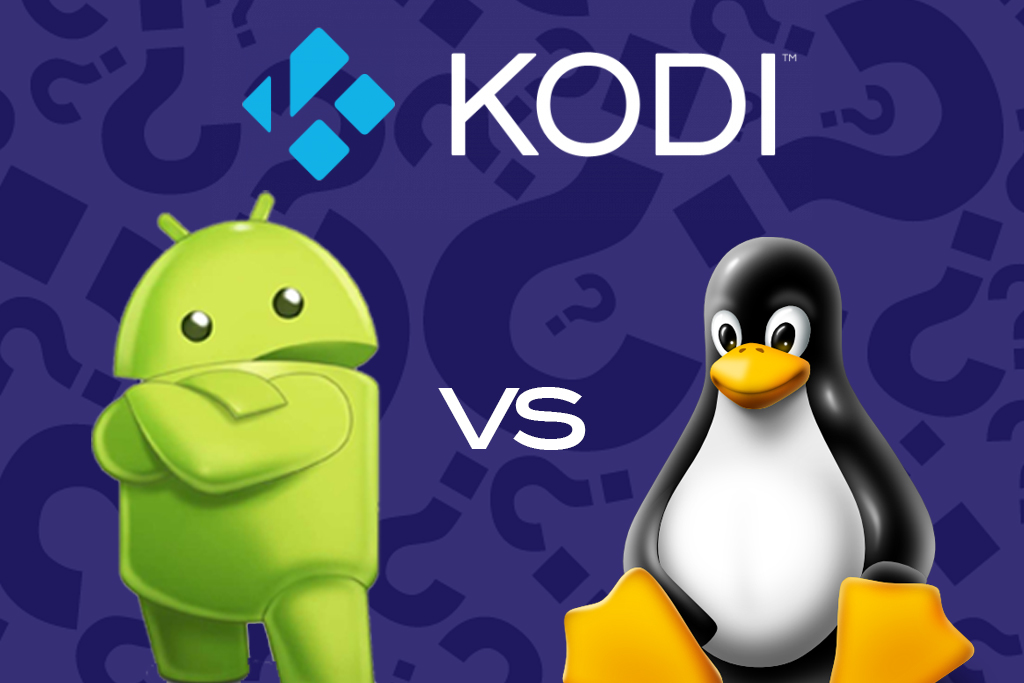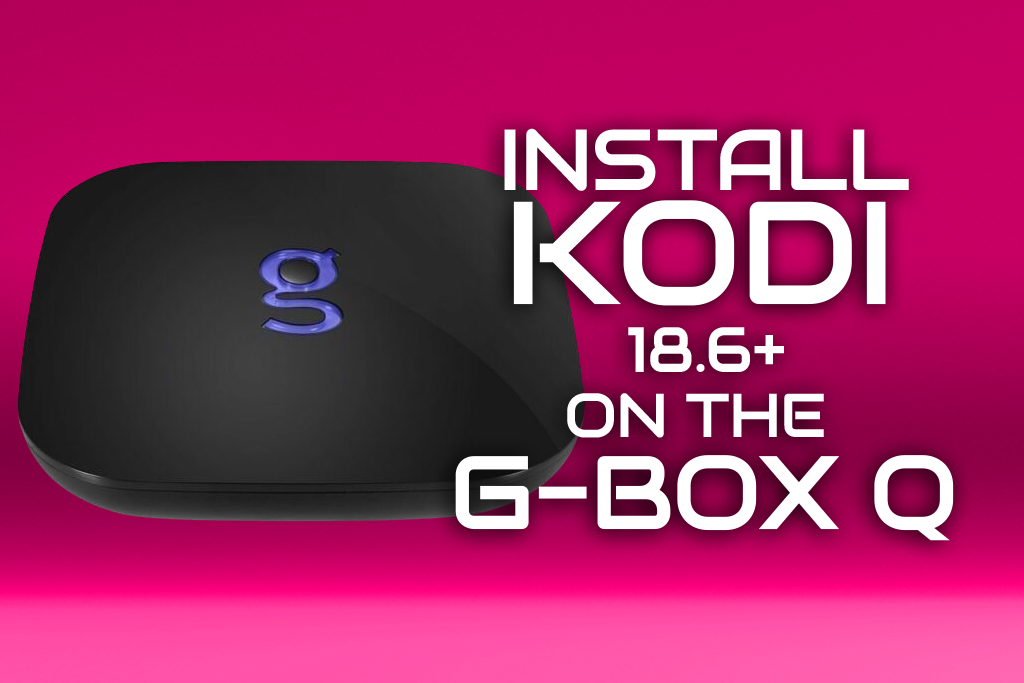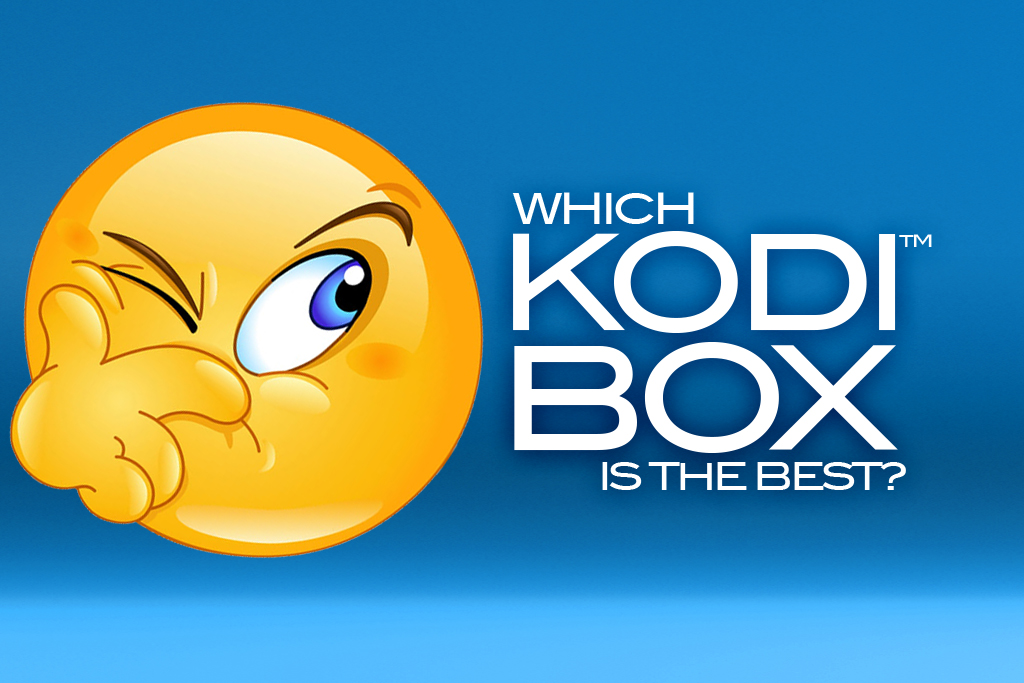“What is the best way to run Kodi, through Android or natively through Linux?”
It’s 2020 and the ever-popular Kodi media center is gaining popularity once again and this question is coming up a lot. After all, there are hundreds of Android TV devices out there. There’s the popular Amazon Firestick, then there’s a real Android TV box that runs the full Android OS: G-Box by Matricom, which has been around for years before Amazon even considered making an Android device. Then there are the hundreds of generic Android streaming boxes coming out of China. How do you choose which device is best for Kodi?
Android is simply not the best way to run Kodi.
Devices such as phones or tablets run Android. These devices need a lot of extra resources due to tons of functions specific to the device. Android is a very bloated operating system that has a lot of resources being consumed for uses that have nothing to do with TVs. In fact, Android alone takes up to a gigabyte or more of storage space and utilizes up to 30% of a device’s resources before Kodi is even in the picture. Then there’s the fact that you have to design your apps around Android’s SDK, which requires even more overhead for an app to run. So what’s the solution?
Linux.
Everybody knows Linux. It’s been around since the dawn of computers and runs most of the servers on the internet. Did you know that Linux, when trimmed down, is extremely lightweight and efficient? So lightweight, in fact, that it is over 90% more efficient than Android in terms of storage and over 40% more efficient than Android in terms of memory usage. These are well-known facts, but here’s an even more interesting fact that you may not know: Android is actually built on top of Linux. That’s right, for every Android app you’re running, it’s running inside of a container running inside of Linux. Not the most efficient way to run apps, but that’s how Google created Android from the beginning and now they’re pretty much stuck with that infrastructure.
So how does Linux fit into the story with Kodi?
Simple: Kodi, running in a lightweight version of Linux, performs extremely well. In fact, Kodi runs about 50% more efficient on Linux than it does running as an app in Android. And not to mention, running Kodi on Linux gets straight to the point. When you boot up a Kodi Linux device, such as the OmniStick by Matricom, it boots directly into Kodi. Not only does it boot fast (in about 10 seconds), it has no resource-hogging Android OS to deal with, meaning all of the processing power, most of the storage space and a lot more RAM is free for Kodi to utilize to its maximum potential.
With devices now coming out running Linux you’re likely to see more support for these types of devices running on TVs. Android’s days may be numbered for set-top boxes as more manufacturers decide to move away from the OS that Google continues to put more restrictions on and add more bloat to in every release. For those of you out there that love Kodi and want the best device for running Kodi, look for a device powered by Linux, such as OpenELEC or LibreELEC, to get the most performance possible. Kodi simply runs much better on devices that aren’t bogged down by all the extras that Android has to offer.



